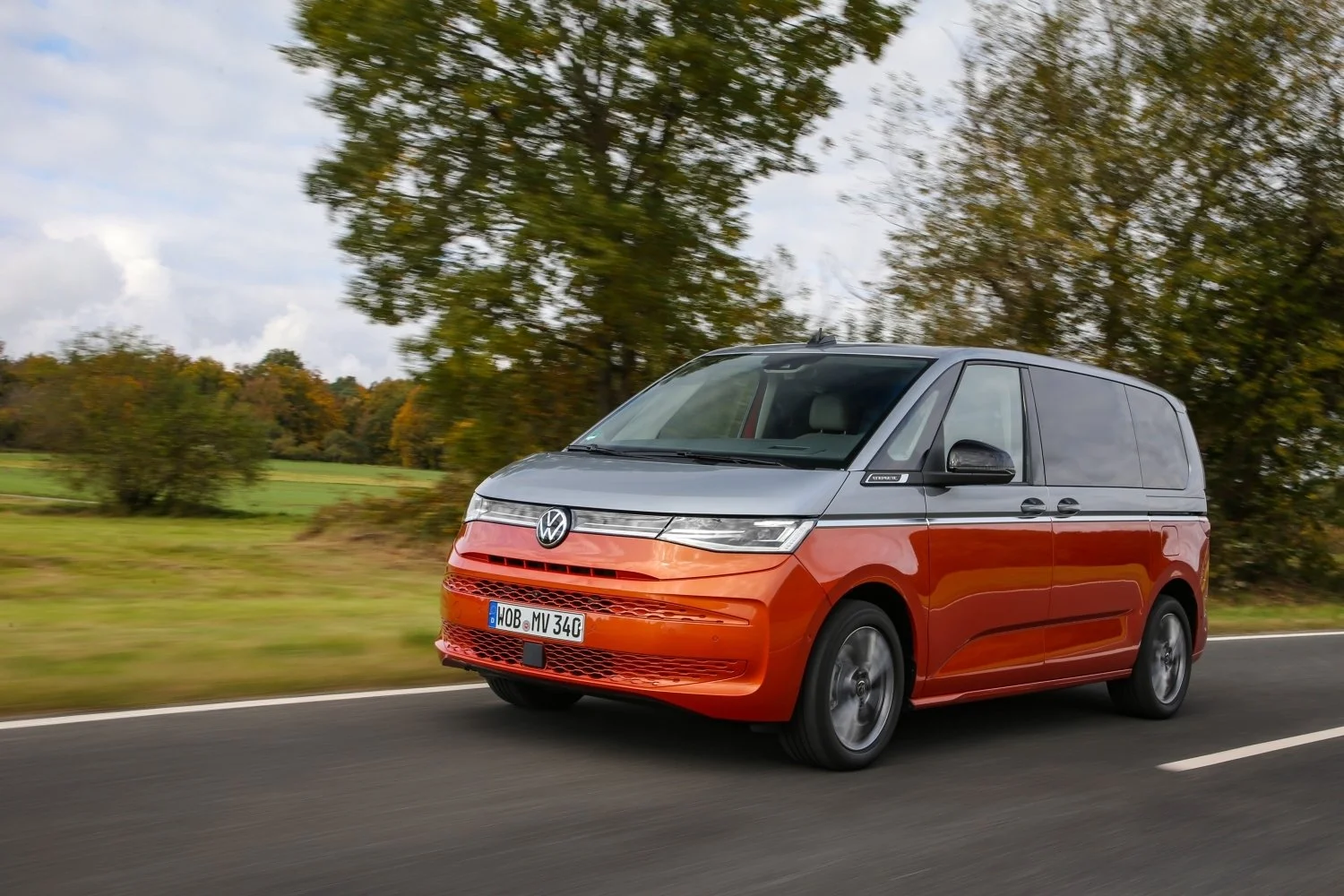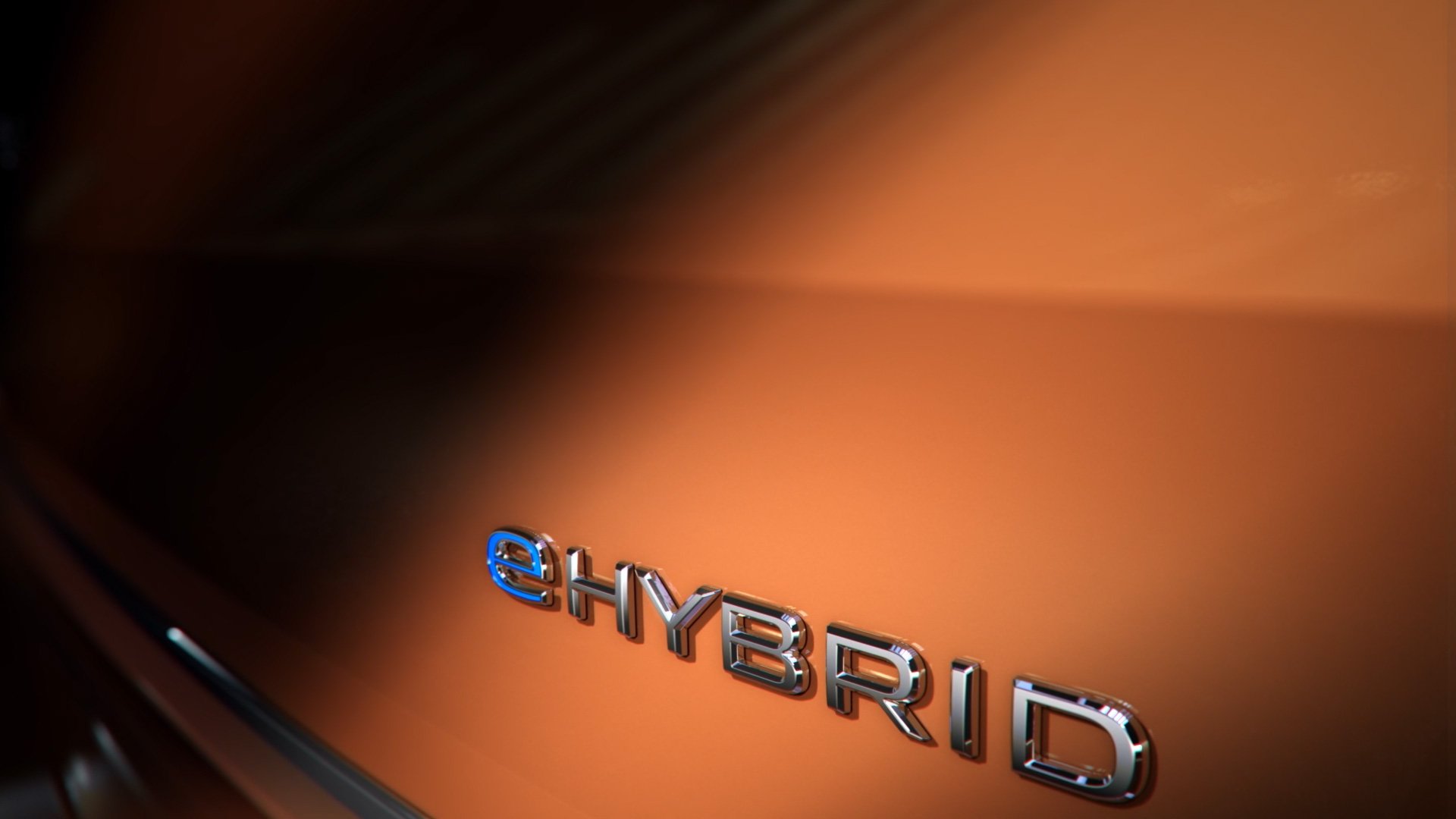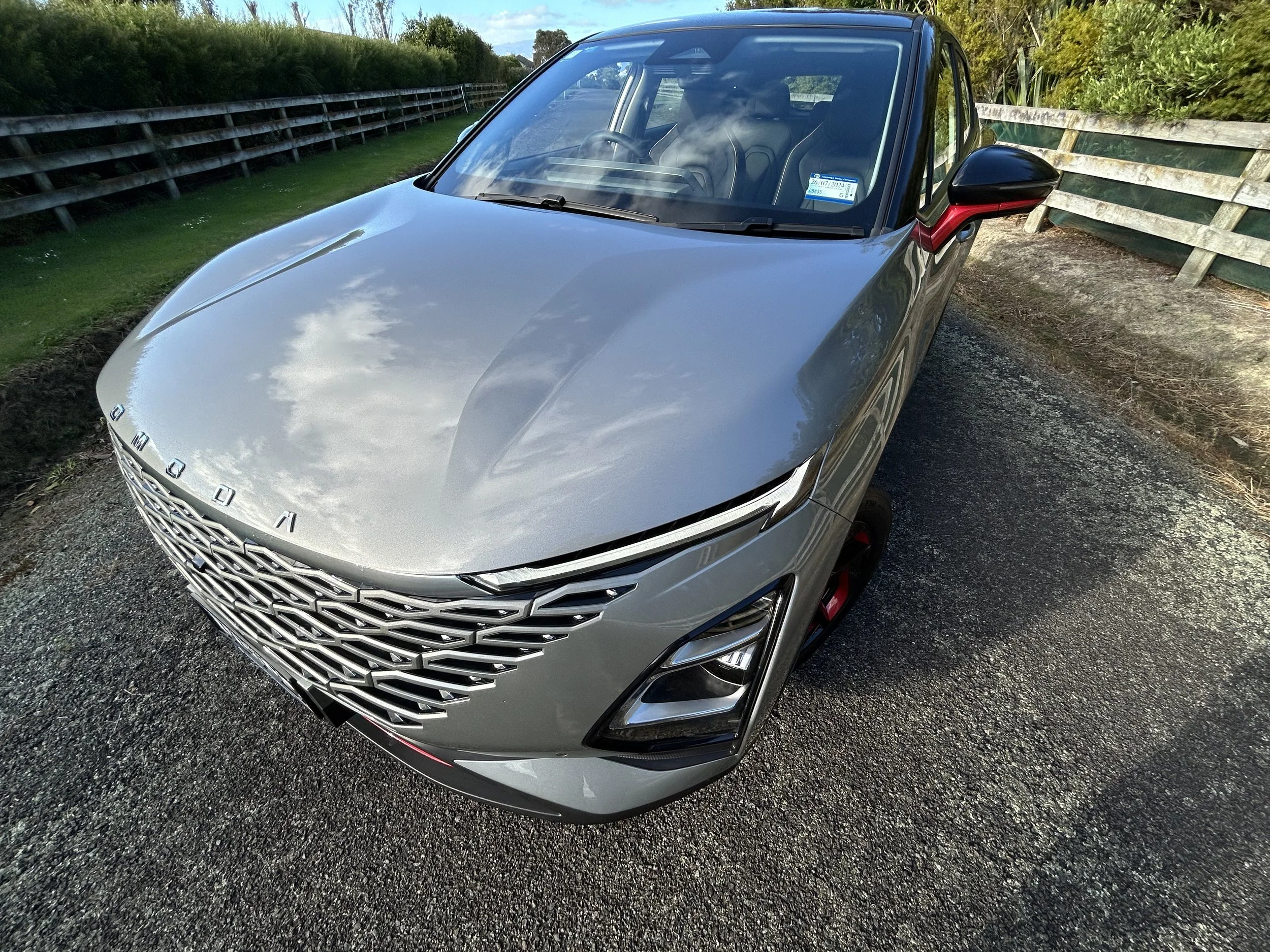Plug-in hybrid VW van landing in May
/New petrol-electric edition’s starter format priced for Government’s assistance package.
AN electric-assisted edition of Volkswagen’s Multivan with 42 kilometres’ cited battery-compelled range will be sold here from May, with a starting price that qualifies for the Government’s rebate.
The plug-in hybrid edition kicks off introduction of the new T7 line, a new generation that has switched to the platform used by the latest Golf, albeit stretched significantly.
The Multivan layout offers up to seven seats overseas, but Volkswagen Commercial Vehicles New Zealand has not made clear in media information delivered today what provisions come with the vehicle at its starting price of $78,800. More details about specification are being withheld until closer to launch.
The ‘eHybrid’ badged model runs a 13kWh battery married to a 112kW 1.4-litre petrol engine along with an electric motor to produce a total of 162kW.
VCVNZ says eligibility for the Clean Car discount means T7 will achieve a price-point to spec that puts it “head and shoulders above the competition.”
How that plays out is still in a state of flux, with Government yet to fully clarify if rebates will have permanent standing. The scheme as still advertised says rebate applications for vehicles registered between July 1 last year and March 31 that meet the eligibility criteria will be accepted until May 31. Orders are being taken now.
Though narrower and lower than the outgoing T6 model, the T7 is said to have just as much interior space. The line also configures in diesel and petrol versions, and is expected to ultimately spawn a new generation of California camper. Whether that also goes PHEV is not clear.
VCVNZ general manager Kevin Richards sees the T7 PHEV as being an electric solution for Kiwi families, saying it would allow enough EV pure range for ‘guilt-free’ school runs and work commutes
“The iconic design has undergone evolutionary development, that ushers in a new era for the brand and for mobility.
“This iteration’s high-tech features and flexibility gives busy families especially, solutions to today's rapidly changing transport needs,” says Richards.
Designed above all for families and active, sporty people, its completely new seating and cargo space system accommodates countless mobility scenarios, he suggests.
The model has the same boxy silhouette as the outgoing van, but its new bumpers and full-width daytime running lights - just like on the new VW ID3 electric car that has still to officially provision in NZ - mean it looks much more modern.
It runs a dual clutch gearbox and is designed to start in fully electric ‘e-mode’, with the petrol engine cutting in only at higher speed or when battery charge levels are low.
VW Germany has touted it as an ideal system as it combines zero emissions in urban settings with the ability to do long journeys, such as going on holiday, with a minimal number of stops.
The lithium-ion battery is housed in the underbody to save on space and simultaneously lower the centre of gravity, for positive effect on handling. The battery is charged externally via an interface in the front wing on the right-hand side.
On March 9 Volkswagen will internationally reveal its fully electric van, inspired by the I.D.Buzz concept - and original Kombi - and seen below in disguised format.
This vehicle is built upon the new MEB bespoke electric vewhicle platform used by its own ID range of vehicles plus those from Audi, Porsche, Skoda and Seat/Cupra.
The production Buzz is expected to be sold purely in Europe for its first year of production, but export availability is certain. It is intended to start out in a commercial van configuration, though a multi-seated version is also planned, plus a camper.




















